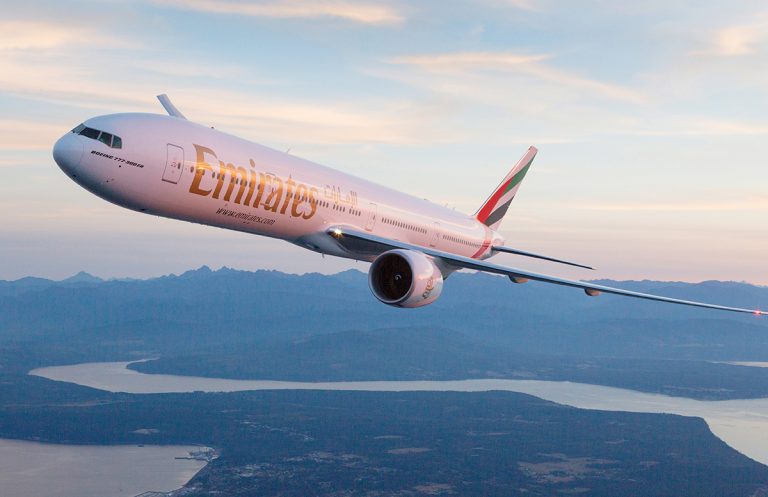Streaming content through satellites to aircraft passengers “is a real challenge” because of bandwidth and licensing issues, according to Patrick Brannelly, Emirates’ vice president of customer experience, in-flight entertainment and connectivity.“It’s horrifically expensive [and] all the best content won’t come over streaming because of license issues,” he said in a recent interview with Arabian Business. “Satellite capacity is such that it is technically impossible to have 500 people streaming at the same time on a plane.”Around the world, a number of airlines have announced their intention to introduce services that allow passengers to stream content on-board through their personal devices.In June 2016, for example, Aeromexico and Netflix announced a programme that allows passengers to stream Netflix content on aircraft equipped with Gogo’s 2Ku connectivity system. Similar options exist on airlines including Qantas and Virgin Australia.Others, such as Canada’s WestJet, have announced the removal of all entertainment systems from the backs of seats in a bid to cut down on weight and reduce fuel needs.Brannelly, however, said that Emirates believes that built-in entertainment systems are here to stay.“[Eliminating the built-in systems] makes no real sense to us,” he said. “A person’s power can run out through the flight, so we [need] to put a charger on the seat. But then it’s inconvenient and you’d have to hold your phone for 15 hours. So you could put a device that allows them to hold their device on the back of the seat.”“Now you’ve got your device, with power going into it, on the back of the seat. It’s an inconvenience and not a better product,” he added. “Many of those airlines that decided to do that have backed away from that.”On airlines, Netflix offers a bit-rate stream of 250 kbps (kilobits per second), and while he said he believes a partnership with a streaming service could “easily” be conceived, technical limitations make it unlikely in the near future.“That’s fine on a small screen, but not so good on some of our big screens,” Brannelly said.“Technically, you couldn’t have the whole plane [streaming Netflix]. Imagine saying that only the first 100 people can enjoy Netflix.”When asked about the possibility of a partnership in which Emirates could “pre-load” content – such as Netflix originals – to an aircraft without the need for screening, Brannelly said that “we have explored working together more deeply.”“But for them airlines are still a niche market at a time they are focused on growing globally,” he added. “Emirates’ ICE system offers a huge choice from the best content available, comparable with streaming services such as Amazon Prime and Netflix. The streaming services tend to also hold back some exclusive content, only available through subscription to their service.”Looking to the future, Brannelly said that Emirates prefers to be the “trend setter” rather than adopt the in-flight entertainment practices of other airlines.“What we’ve done others have followed, and I hope to keep that up.”
Emirates saw revenue increase by 6 percent to AED 97.9 billion ($26.7 billion) during the financial year ended March 31, 2019, while profits declined 69 percent year-on-year to AED 871 million ($237.14 million).








